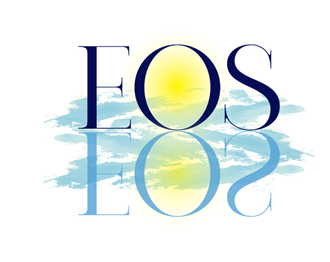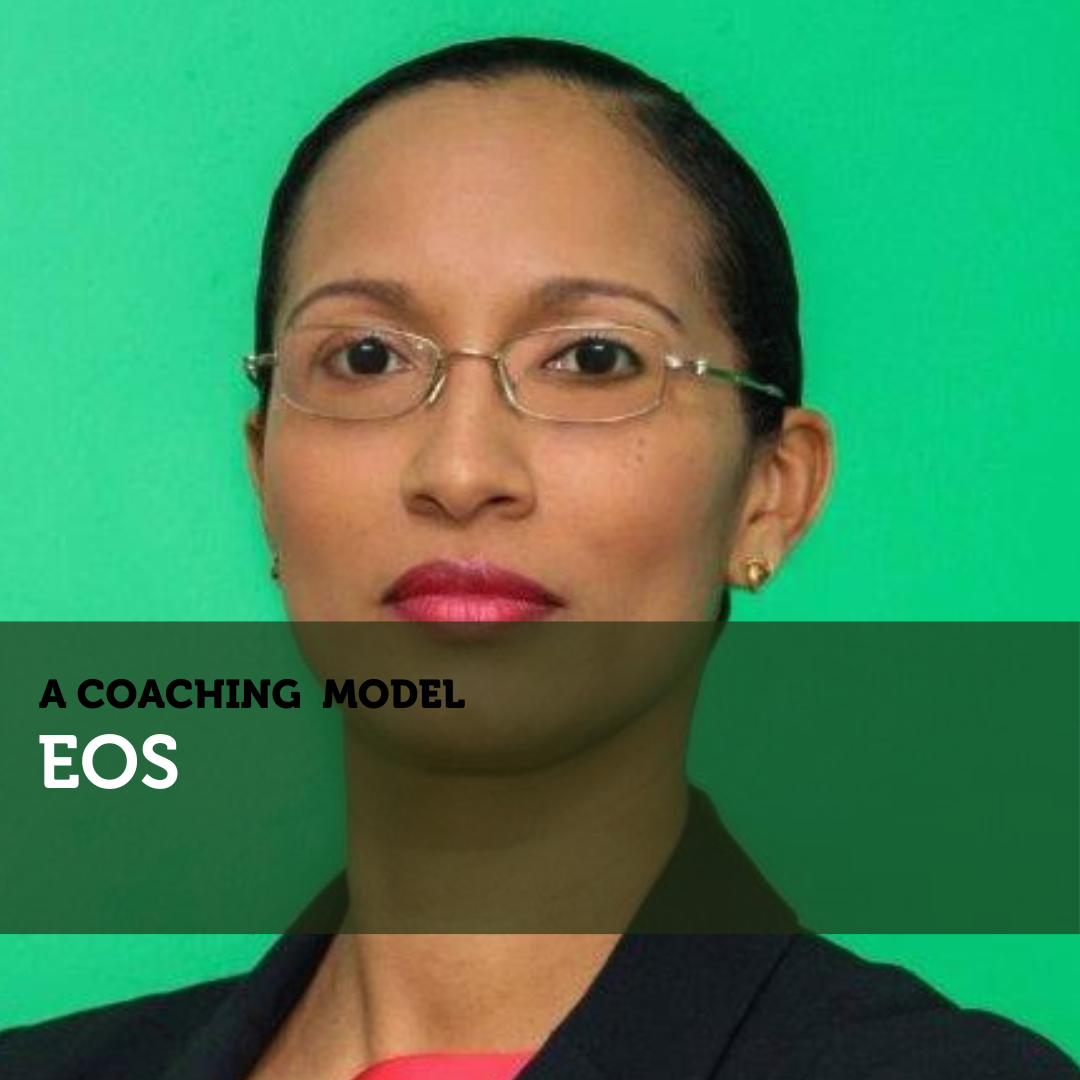A Coaching Model By Adella St.Rose, Self-Leadership Coach, SAINT LUCIA
 EOS – Exploration, Opportunity, Soar
EOS – Exploration, Opportunity, Soar
Life is a journey, one that we can decide to intentionally choose the paths we take. Taking ownership of our journey and desired destinations or outcomes can often be best explored in a space that is safe, non-judgmental, fosters curiosity, and trusts that the individual knows what is best for them. This is the embodiment of the coaching space within which the EOS coaching model will reside
The EOS coaching model is designed to support clients who wish to first lead themselves as they lead in life professionally and personally. The model draws on the power of the Greek goddess Eos, the Goddess of Dawn. Eoshas the ability to usher in the dawn, a new day. The EOS coaching model will represent to clients the opportunity of a new journey, like a new day. The EOS model offers clients the start of a journey (represented by the O which houses the rising sun) during which they will make intentional choices by first leading themselves with the support of the Coach.
The EOS model was conceptualized to support self-leadership during the client’s chosen journey. “Self-leadership is a fundamental life skill that enables people to live life with purpose and intent.”[1] The reflective nature of the model represents the client’s reflections on themself and the client’s journey to seeing the leader they desire to be, and will become, reflecting back at them. The Coach embeds the model encouraging the client to make space for self-gratitude.
The EOS coaching model is a derivative of the GROW model paralleling the concept of a chosen personalized journey led by the client explored with the support of the coach.

Bryant and Kazan (2021) define Self Leadership as “The practice of intentionally influencing your thinking feeling and actions towards your objectives.” This concept of practice, not a one-time activity, a repeated intentional activity with a starting point and an articulated objective supports the concept of ongoing coaching being part of your journey.
All journeys require us to Explore what is and what we desire. It is in our exploration that we find our Opportunities and make our commitments. As we begin to live our commitments we bring our opportunities to life and Soar.
Through the EOS model, the client is invited by the coach to journey through three (3) phases;
- Exploration
- Opportunity
- Soaring
The EOS Coaching Model
Exploration, Opportunity, Soar

Phase I: Exploration
Phase one is characterized as the Explore phase, this is where the client begins their journey with the coach by identifying what they would like to explore in their session and what they would like to achieve during the session. During this phase exploration of self
will begin to bring to the fore what the client values, desires, and the meaningfulness of this to the client. Visioning will be encouraged to look forward from where they are now to bring clarity to, where they would like to ideally be. During this phase, active listening will be critical for the coach to truly learn about the client and their context.
Phase II: Opportunities
From here the client will begin to look for opportunities for themselves that can advance their journey through identification of the gap between where they are now vs where they
desire to be and understanding why the gap exists. Gap exploration will help the client explore beyond where they see themselves, the clients’ self-awareness will call forward learning, growth, and the potential to translate that learning into action.
The client will then be invited to start identifying opportunities that will progress them to their desired goal in the session. Methods that will be used during this phase will include Stop/Start/Continue inquiry to encourage the client to find their own opportunities trusting that they know what is best for them. Application of the Flip It model by the coach where appropriate to encourage seeing situations from different angles will support the client in finding opportunities not immediately visible.
It is here that clients will, through powerful questioning, be invited to deeply explore and dispel self-imposed limitations. These may center around reflective questions, questions to better understand the client’s needs, beliefs, and ways of thinking.
Out of this phase, the client will select the experiences that they wish to act on which will bring them closer to their goal and what could hinder them from deciding to take advantage of an opportunity to move towards their goal. They will exercise self-leadership in identifying and choosing a strategy or strategies to ensure they will act on the opportunity. Here they lead themselves through proactively recognizing there can be hindrances and preparing for them.
Phase III: Soar
The opportunity exploration gives way to preparing to Soar with the client becoming aware of their own learnings and how they will use them to Soar toward achieving their goal.
In the final phase of the coaching journey, the client moves to identify goals to fully embrace self-leadership as defined by Manz, “Self-Leadership can be understood as the process of identifying your desired experiences and intentionally directing and motivating yourself towards them” Manz 1986. It is at this juncture the client will be invited by the coach to lead themselves with accountability, setting a clear plan for how they will move forward and owning the success of the plan.
The EOS model will additionally and intentionally seek to ensure that clients at each stage develop the habit of intentional reflection to identify moments where they are actively displaying self-leadership and to show gratitude to themselves for their ability to do so. This will be done through the “Seven Days of Gratitude” exercise. The ability of clients to identify and acknowledge how they show up daily finding positive things to be grateful for will support the consistent practice of self-leadership.
At the conclusion of the journey, the coach’s hope is that each client will have found self-sustaining awareness which allows them to lead themselves authentically, passionately, and in full alignment with their values and desires.
Learn How to Create Your Own Coaching Model
Your Coaching Model reflects your values,
philosophies, and beliefs and must communicate who you will coach
and the problems you will solve. Read more about creating your coaching model
References
[1] Maike Neuhaus, P.H.D “Developing Self-Leadership: Your Ultimate Coaching Guide”
